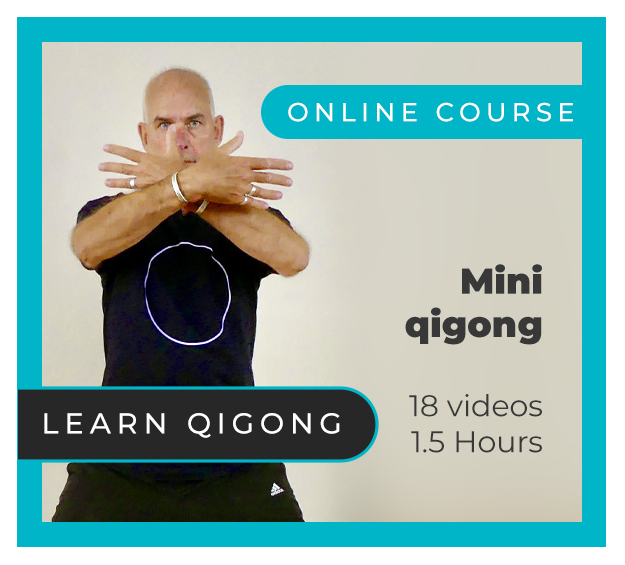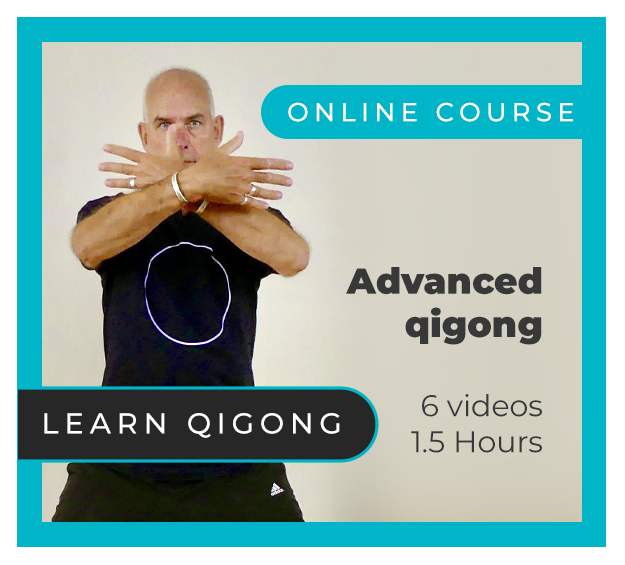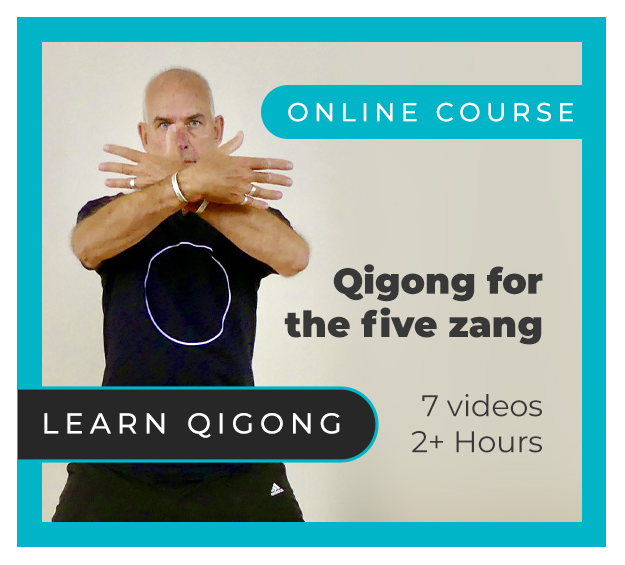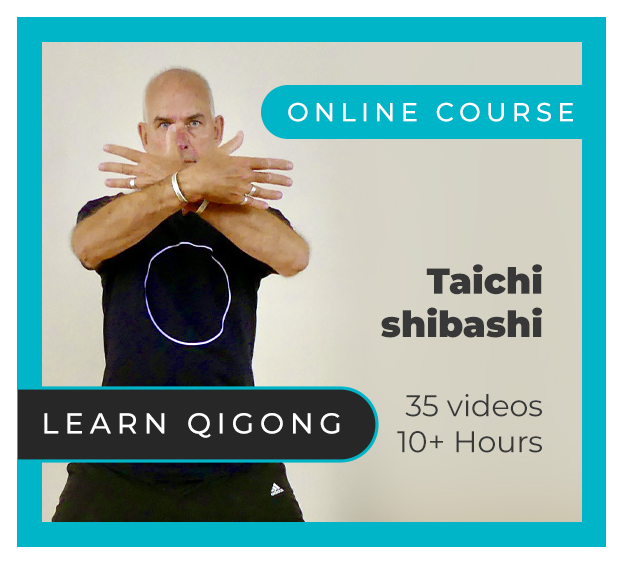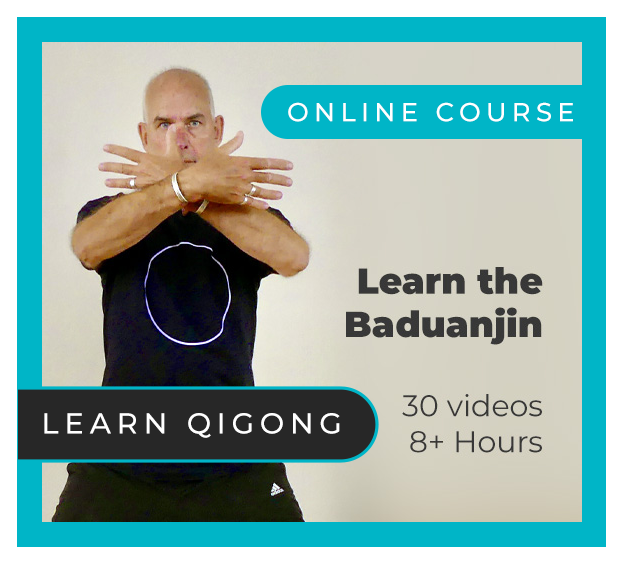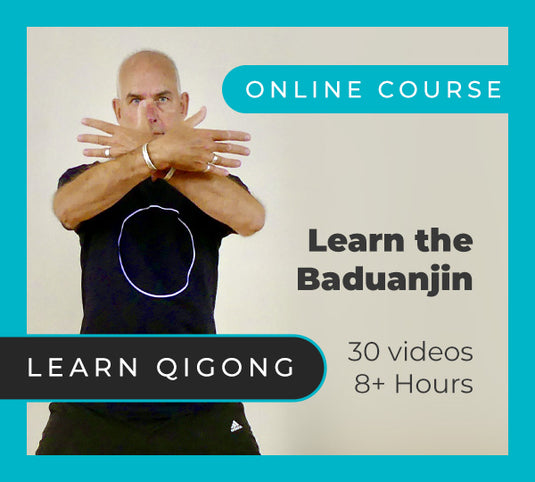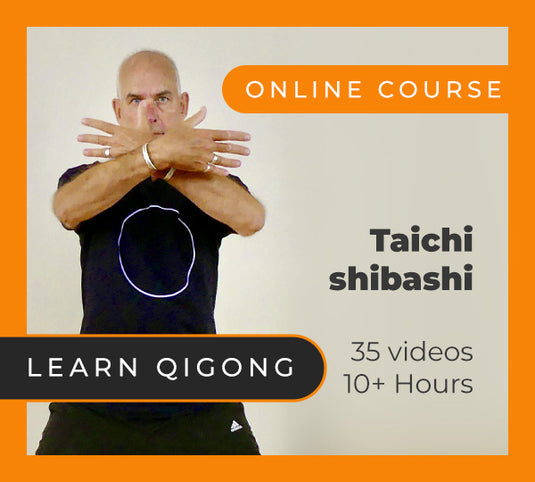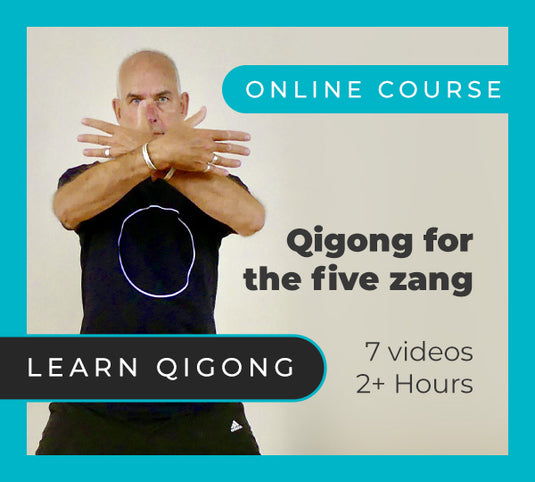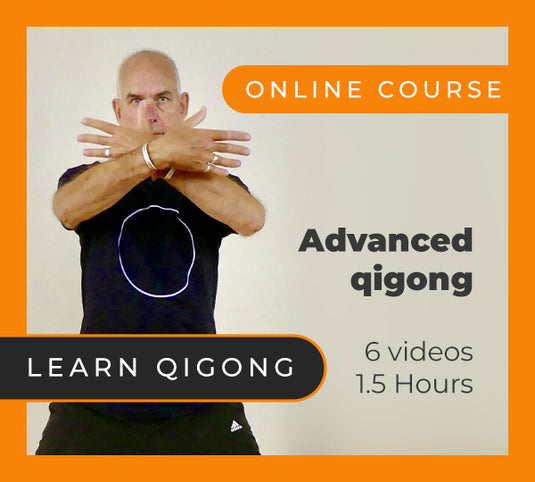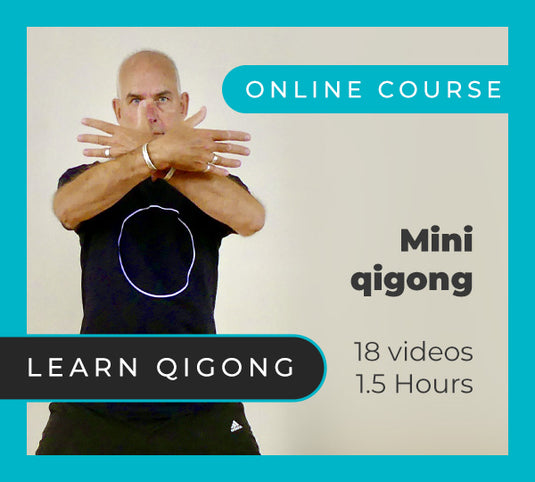When we are faced with a new and complex task, for example learning to drive, practising a new qigong form or dance sequence – or indeed any skill, it takes a great deal of concentration and repetition to develop the required neural programmes. And if we fail to practise sufficiently, we can rapidly lose them.
However, when we repeat the same movements often enough, the neural programmes are established and carved to more fundamental regions of the brain where they can be accessed rapidly. Eventually we no longer need to think about what we are doing, and even if we do not practise them for years, it only takes a short period of rehearsal to regain the skill. Riding a bicycle is an example.
Developing what Todd Hargrove, author of A Guide to Better Movement, calls 'neural grooves' in this way offers enormous advantages across a great range of skills, but it has potential downsides. Once we ingrain unskillful movement habits, they can then be very hard to change. A typical example is Moshe Feldenkrais's parasitic tension of muscles that we activate unnecessarily for any given task. We might be aware of how we tense up our shoulders or tighten our jaw when we’re tackling something that requires concentration. So deep-set can these responses be that we may be entirely unaware of them until they start to cause us pain or disability, or – if we compete in sports – hold back progress. This is one reason why it is invaluable to learn new skills well from the beginning.
It is common in the Chinese tradition to teach by demonstration, and students are mostly expected to learn by following the teacher, with only occasional instruction or adjustment. But we aren't necessarily very good at understanding what our teacher is doing, especially in internal practice where the movements can be subtle. And even if we have a good idea of what we are trying to do, we may get a shock when we check ourselves in a mirror or receive instruction from a more interventionist teacher. But having established unhelpful neural grooves, it can take a lot of practice to undo them. For this reason, I am a believer in thorough explanation and instruction right at the onset.
If you would like to follow the teaching of Peter Deadman and learn Qigong, explore all of Peter's Online Video Courses available on Vimeo. 
But how do we change deep-seated patterns that are unhelpful? The first requirement is patience as it can take a really long time. A colleague once told me that he watched an elderly man practising qigong in the park in China. When he asked him what style he was practising, the reply was, "I've spent forty years learning to release my shoulders".
The second, and most important way, is to build greater awareness, for example through the practice of zhan zhuang (standing like a pole or like a tree), where we do not move and thus can direct all our attention to what is actually happening in different parts of the body.
The third way is to go slow. When we make a rapid movement like serving at tennis or a martial strike, the whole body is involved. In the seconds it takes, it is challenging – if not impossible - to be aware of foot placement, skeletal alignment, the smooth transition of power through the leg, hip, waist, ribs, shoulder and arm and any obstructive tension, all at the same time. But if we practise in slow motion - the slower the better - we grant ourselves the opportunity to bring awareness to every part of the movement and eventually automatically carry this optimal alignment into rapid action. This is one of the reasons why in qigong and tai chi we can slow the movement down to what has been called 'glacial pace'.
But however good we feel our practice is, we should try and take on board feedback from a teacher or fellow practitioner, remembering the words of the American humorist Franklin P Jones, "Honest criticism is hard to take, particularly from a relative, a friend, an acquaintance, or a stranger."
Apart from cementing unhelpful ones, there is another potential downside to establishing neural grooves. If we take learning to drive as an example, at the beginning it takes every scrap of our attention just to drive at all. That’s the first stage and it is the same when learning any complex task. During the second stage, we are improving our skill and can begin to drive smoothly and be more relaxed when navigating complex streets full of cars and pedestrians.
But the third stage can be the problematic one. This is when we can get in our car, drive for hours, and barely be aware of what we’re doing. This may not be such a problem when driving, although it may mean we can switch off to the extent that we are slow to react to danger.
But in our qigong practice, the risk is that during the third stage – when we can execute the choreography without thinking – we actually spend the whole time thinking of other things. Remembering that qigong is the integrated cultivation of body, breath and mind, without present-moment attention our practice is massively diminished. So we need to try and return to the middle stage where we already have skill but still need to be fully aware of what we are doing. If we can do that, our practice remains rich and rewarding.
Finally, there is a parallel between neural grooves which allow us to perform physical tasks without conscious thought, and habitual emotional and psychological responses. These can be triggered so quickly that they are in full flow before we are even aware they are happening. Indeed, as with all potentially unhelpful habits, becoming aware of them is the first step to change.
If you would like to follow the teaching of Peter Deadman and learn Qigong, explore all of Peter's Online Video Courses available on Vimeo. 
